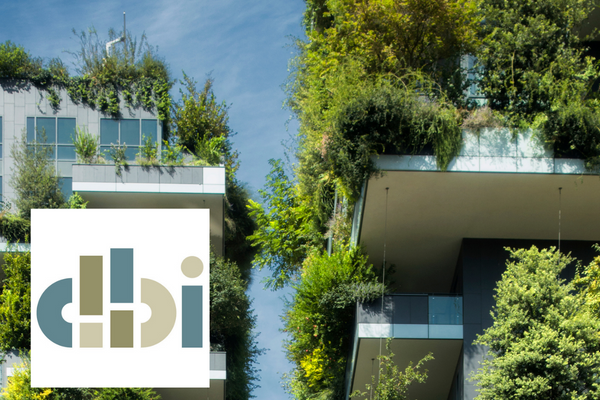
The Green Revolution has been a mainstay of the architecture industry for decades.
Increasing awareness about the environmental impact of buildings makes architects and designers even more conscious of their carbon footprint. They are focusing on creating structures that are both aesthetically pleasing and sustainable.
A driving force in the design and construction of buildings, sustainable architecture has minimized negative environmental impacts by using environmentally friendly materials, reducing energy consumption, and utilizing renewable energy sources.
Green buildings have minimized waste and pollution, enhanced occupant health and comfort, and promoted renewable resources.
Green Revolution Strategies Making a Difference
The Green Revolution is changing the architecture industry in many ways. Architects and designers are continuing their push toward sustainability. Here’s how:
- New materials such as bamboo, recycled steel, and cross-laminated timber (CLT) are becoming more popular. These materials have a lower carbon footprint and are renewable, making them more sustainable than traditional building materials such as concrete and steel. Architects often include natural and locally-sourced materials such as stone, hemp, and live plants.
- Architects design buildings to maximize natural light and ventilation and to reduce energy consumption. Large windows let in natural light, reducing the need for artificial lighting during the day. Operable windows and shades allow for natural ventilation, encouraging a lower demand for air conditioning.
- Computer design models and simulations also promote energy efficiency and positively impact the environment. These tech tools help architects analyze building energy performance and identify how to improve its efficiency.
- Modular construction, also known as off-site construction, is a popular approach that reduces the amount of waste generated during construction and the time required to construct a building. Additionally, modular construction allows for greater construction precision, resulting in a more energy-efficient building.
- Recycled materials are becoming prominent, especially in the form of repurposed shipping containers. Designers are also experimenting with recycled glass, tires, and other materials once destined for landfills.
- New technologies in the construction industry, such as Building Information Modeling (BIM), have emerged to allow architects, engineers, and contractors to collaborate on projects in virtual environments.
Sustainable architecture has become a driving force in the industry, and it’s here to stay.
Exciting Structures to Inspire Sustainable Design
The Green Revolution is already here. You can see it in several contemporary designs, including:
- Buildings such as the Jean Nouvel/ Frasers Property and Sekisui House in Syndey, Australia, incorporate hydroponic gardens that assist with temperature control.
- In London, PricewaterhouseCoopers LLP finds itself nestled in a headquarters fitted with roofs of green, solar-heated water, low carbon cooling, and intelligent building design that allows workers to adjust climate controls at their workspaces.
Architects and designers have always been conscious of the environmental impact of their buildings.
However, the Green Revolution has created new opportunities for innovation and creativity in the industry, as architects and designers strive to create structures that are aesthetically pleasing, environmentally friendly and sustainable.